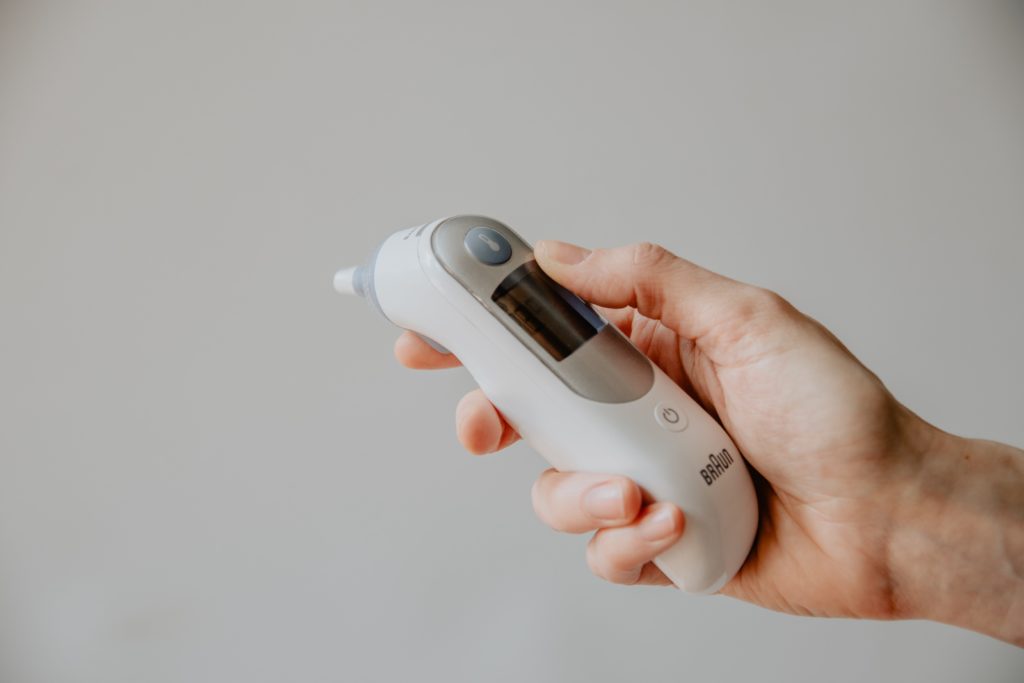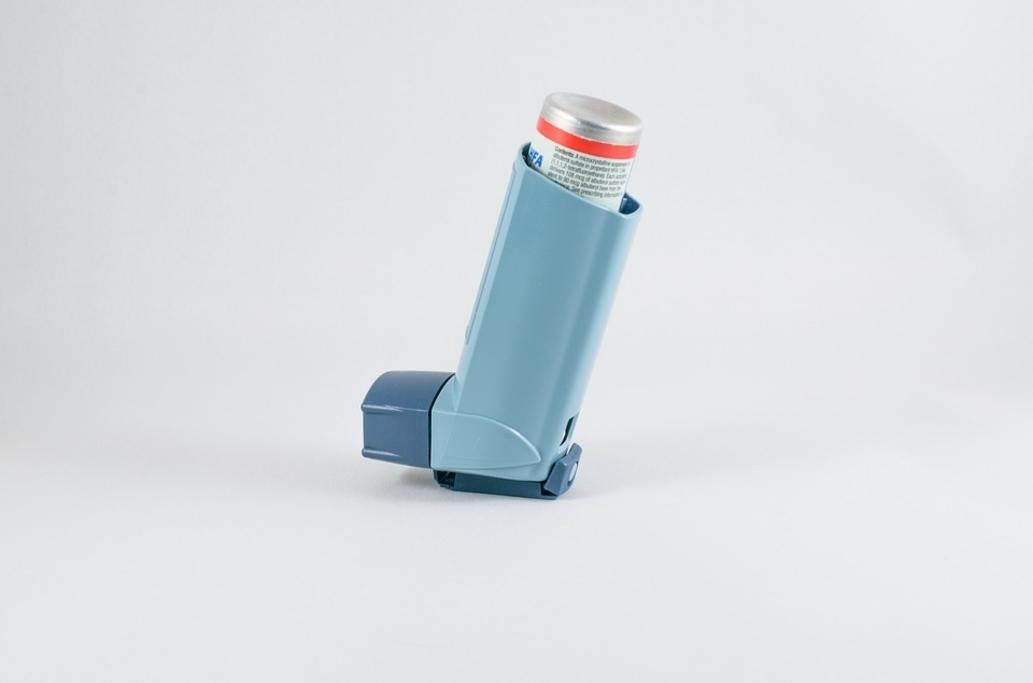Asthma patients are in the high-risk groups of those more likely to suffer complications from COVID-19. The NHS states that there are two types of groups, those who are clinically extremely vulnerable (high risk), and those that are clinically vulnerable (moderate risk). Asthma falls into both of these groups, but how do you know which one applies to you?
This is determined by the severity of your condition, so if your asthma is severe you will fall into the high-risk category which means you’ll need to take extra steps to protect yourself against the virus during this pandemic. However, if your asthma is mild or not severe you may still be more at risk than the average person but you’re not in the clinically extremely vulnerable group and are therefore at moderate risk which means sticking to social distancing advice.
If you’re in the high-risk category you will have been informed of this by the NHS or received a letter from the government with steps on what to do.
Whether you have mild, moderate, or severe asthma this can be a worrying time for all asthma patients, and it’s important to know how you can keep yourself safe, as well as how to keep your asthma under control particularly during this time, how to tell the difference between asthma symptoms, COVID-19 symptoms, and a common hay fever illness which can also have respiratory symptoms. We’re going to address all of these in this blog.
As an asthma patient, what should you be doing to protect yourself?

Here’s a list of steps to take in order to keep yourself safe if you have asthma:
1. Social distance
Avoid contact with other people as much as you possibly can. If you’re in the clinically extremely vulnerable category you should be ‘shielding’, this means not leaving your house at all for at least 12 weeks from when you were notified that you were high risk. Those that are shielding are being advised to use friends, family, and local authorities to collect essential items for them such as food and medicine. Normal social distancing guidelines apply to those who don’t have severe asthma.
2. Practice good respiratory hygiene
Make sure you and those who you are living with are practicing good hand hygiene and respiratory hygiene to stop the spread of infection.
3. Take your prescribed medication as normal and follow your treatment plan
You want to keep your asthma condition stable especially during this time, and stopping treatment could exacerbate your condition.
4. Take your preventer inhaler
Keep taking your preventer inhaler as prescribed to reduce your risk of an asthma attack should you get ill from the virus, plus it limits the need to visit high-risk areas such as hospitals if your asthma is well managed. As well as this, take your reliever inhaler when you need it if symptoms start to flare up.
5. Make sure you have all the medication you need if you have to shield
Although stockpiling isn’t necessary as there is help available if you need someone to collect your essential medicines. Family, friends, and neighbours can help you with this, or you can access government support, find out more here. Your local pharmacy may be able to offer a delivery service or you may be able to purchase your medicines through our website, take a look at our range of asthma treatments.
6. Try using a peak flow diary
Asthma UK recommends this to manage your asthma and help you monitor when your condition is doing well and when it’s not doing so well and help you figure out what may be causing it. This is particularly helpful during this pandemic to make GP appointments over the phone easier, and to help you tell the difference between asthma symptoms and COVID-19 symptoms. You can get a peak flow meter from your GP or pharmacy.
7. Avoid your asthma triggers
Whether it be the weather, allergies to certain substances such as pollen or dust, or stress and anxiety, try to reduce your exposure to these triggers to keep your asthma in a stable condition.
8. If you smoke, make this the time to quit
Smoking not only worsens asthma symptoms, brings on asthma attacks, and makes it difficult to manage your condition, it also puts you at an even greater risk of suffering serious illness from COVID-19.
Asthma and COVID-19: how to tell the difference

If you develop respiratory symptoms it can be difficult to know if these are symptoms of COVID-19 or your asthma flaring up. The main symptoms of COVID-19 include a high temperature, a new and continuous cough, and a loss of taste and smell. A cough may also be a symptom of your asthma and if you’ve contracted this virus your cough may have become worse.
If you’ve lived with asthma for a while you may recognise your symptoms and whether these symptoms are normal for you. However, if you’re unsure it’s important to speak to your GP or call the 111 services for advice. Avoid going to hospitals, GP surgeries, or pharmacies, unless your symptoms get worse and you’re having difficulty breathing, in which case call 999 in an emergency.
If your symptoms are the result of COVID-19 it’s important to continue taking your asthma treatment to keep this condition under control. In fact, your inhaler may give you a clue to whether your symptoms are COVID-19 related or asthma-related. Your reliever inhaler will only ease symptoms of asthma and not those of this virus. If you’re taking your reliever inhaler or any other treatment for asthma and you’re still struggling to breathe you should get urgent medical help.
What if it’s hay fever?

While pollen can also be a trigger for asthma, the allergy to pollen known as hay fever is different from that of asthma or coronavirus. We’re in the midst of pollen season right now and we’d be forgiven for thinking that our hay fever symptoms are virus-related.
Wheezing, coughing, and shortness of breath are symptoms that cross over all three conditions, asthma, hay fever, and COVID-19. Often hay fever can trigger wheezing, shortness of breath, and tight chest in asthma sufferers. The key difference between these and COVID-19 in terms of symptoms is that with a virus there’ll often be a high temperature, a symptom which is not common with hay fever or asthma.
So, if you feel hot to touch on your chest or back this indicates a fever which suggests a viral infection. If you have hay fever your eyes, nose, and throat may be affected more than anything else with itchy eyes, runny or blocked nose, itchy and sore nose and throat, all of which are rarely seen in COVID-19.
If your symptoms are relieved with hay fever medicines this may indicate that you’re experiencing an allergy to pollen rather than coronavirus.
Is lockdown making asthma worse?

With most asthma patients spending all of their time indoors at the moment they may find that their asthma symptoms are worsening, and this is probably because of poor indoor air quality. There are many pollutants in our homes which are well-known triggers of asthma including animal dander, dust mites, damp and mould, cigarette smoke, even cleaning products such as aerosols and sprays that we use around the house can set off asthma.
Many people will also be using this time to paint and decorate and the fumes from this can wreak havoc with asthma sufferers. If you have a garden you may be spending more time in it surrounded by pollen, which again is a trigger.
It’s easy to see why people with asthma may be seeing an increase in flare-ups while they’re couped up indoors with poor air quality. The best thing we can all do to ensure we’re not affected by indoor pollutants whether we have asthma or not is to keep the home well ventilated by opening windows when the pollen count isn’t too high, ensure that you or the people in your household do not smoke inside the house as smoke can linger up to 5 hours, avoid using strong chemicals around the home, this includes cleaning products and any deodorants or perfumes. Also, get to know your triggers and remove these from the home if they’re making your asthma symptoms worse.
The indoor air quality of your home is particularly important during this time as we’re set to be spending more time indoors as the pandemic continues.










